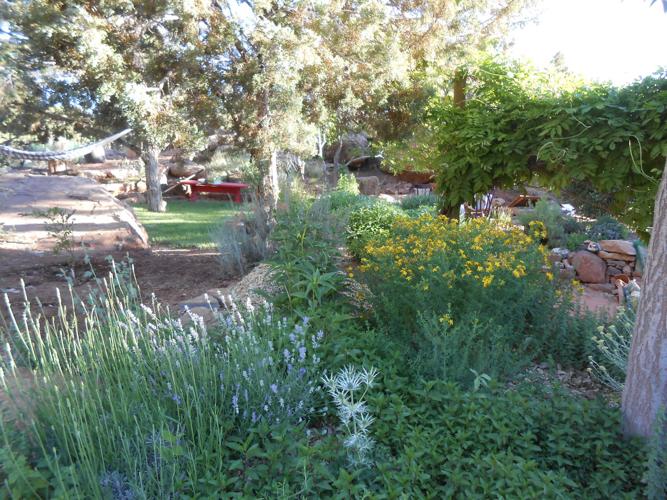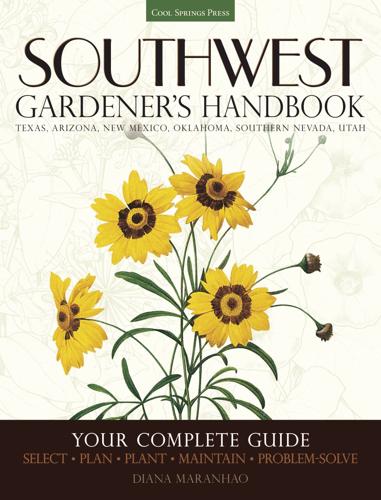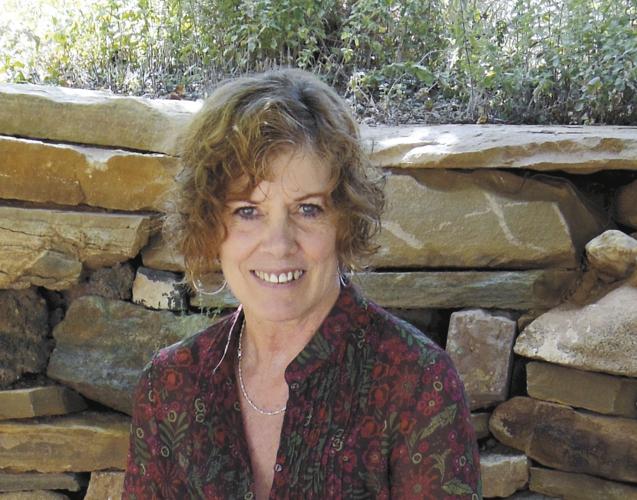You’ve learned about soil and irrigation. Success has been yours as you’ve figured out how to install and protect plants. You know how to pot, transplant and reseed.
Now you can take the next step: Experiment with landscaping and a larger palette of plants.
Diana Maranhao, a longtime horticultural writer, editor and teacher, speaks to you in her new book, “Southwest Gardener’s Handbook.”
It’s one of several regional handbooks published by Cool Springs Press.
“A lot of things (in the book) are implied and understood because they’re geared toward the more advanced gardener,” says Maranhao, who spoke in a telephone interview from her southern Utah home.
She hopes the book offers seasoned gardeners some inspiration.
“I hope people will be excited about gardening, try new things, new designs,” she says, “and maybe grow with a little more attention to how they’re using their water and mulches.”
The book encompasses gardening in Arizona, New Mexico, Oklahoma, Texas, southern Nevada and Utah.
These areas have similar gardening challenges — except some rainfall and temperature differences — and Maranhao says she quite familiar with those challenges.
“I’m in south Utah and it’s very similar to parts of Arizona,” she says. “I am very accustomed to dealing with triple-digit heat, high winds and, of course, drought.”
She also consulted with several authors who have written for Cool Springs Press. They included Tucsonan Jacqueline A. Soule, who wrote the imprint’s “Southwest Fruit & Vegetable Gardening,” and former Scottsdale resident Mary Irish, who co-authored the “Arizona & New Mexico Getting Started Garden Guide.”
Maranhao’s book provides some general advice on landscape design using annuals, bulbs, edibles, groundcovers, vines, perennials, roses, shrubs, succulents, trees, turf and ornamental grasses. Each chapter include a month-by-month garden care list.
The book details 267 plants, listed with both common and scientific names. Each entry includes a photo of the plant, when and how to install it, pest control, irrigation and sun needs, bloom season and mature size.
“All of the plants are drought-tolerant,” says Maranhao. Differences in growing seasons and other geographic considerations are mentioned in the entries.
She sprinkles in stories of her gardening experiences. Hers is a wisdom nurtured by over 35 years in the commercial and academic horticultural fields and by gardening, mostly as a hobby, on the large property she owns with her husband.
And most of that wisdom centers on easy gardening. Take annuals, for instance.
“(A)nnuals are stars in my landscape,” she writes. “There are repeat performers that self-sow ... requiring no effort on my part.”
On succulents, she reveals that she didn’t like them much until she moved to the high desert and a friend mailed her a shoebox full of cuttings.
“The card said, ‘Just stick these in a lightweight potting soil, water them, then leave them alone.’ I did as I was told. Now they grow in my landscape year-round.”
One more example. Maranhao doesn’t gently or cleanly divide and plant her bulbs, doesn’t fertilize them and doesn’t cut away spent blooms, known as deadheading flowers. Yet her irises prolifically bloom every year.
“So little attention, so many rewards,” she writes. “That is how gardening with bulbs should be.”
The author laughed during the interview when she was called out for her unfussy gardening practices.
“It’s survival of the fittest,” she says of her gardens. “We get them off to a good start and we just let things grow naturally. Plants that are growing naturally are going to be at their healthiest.”






